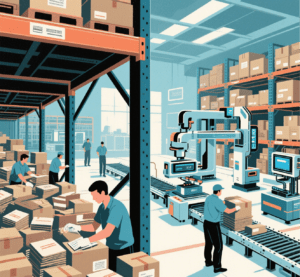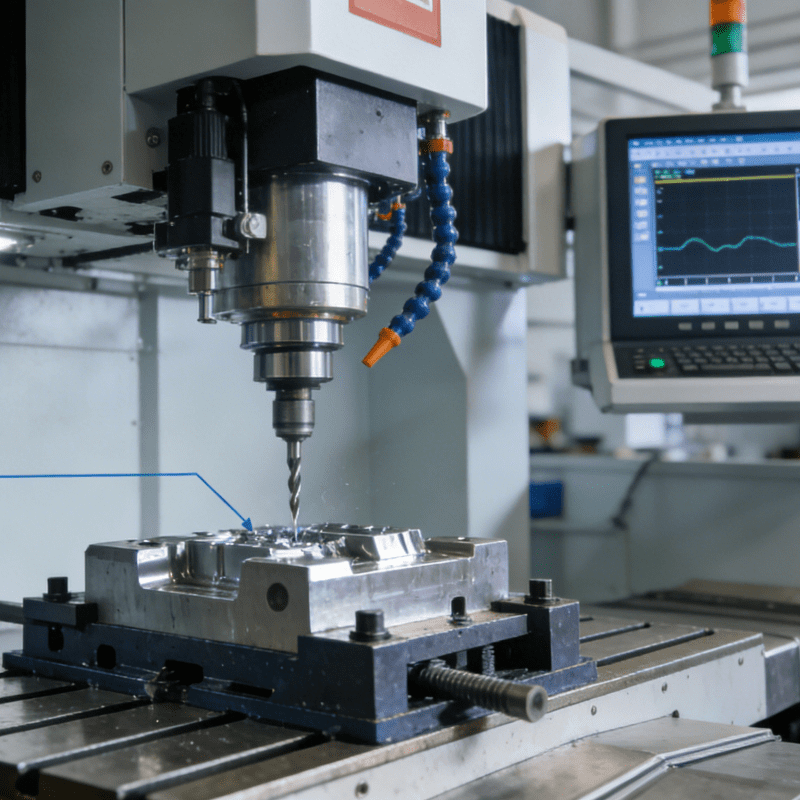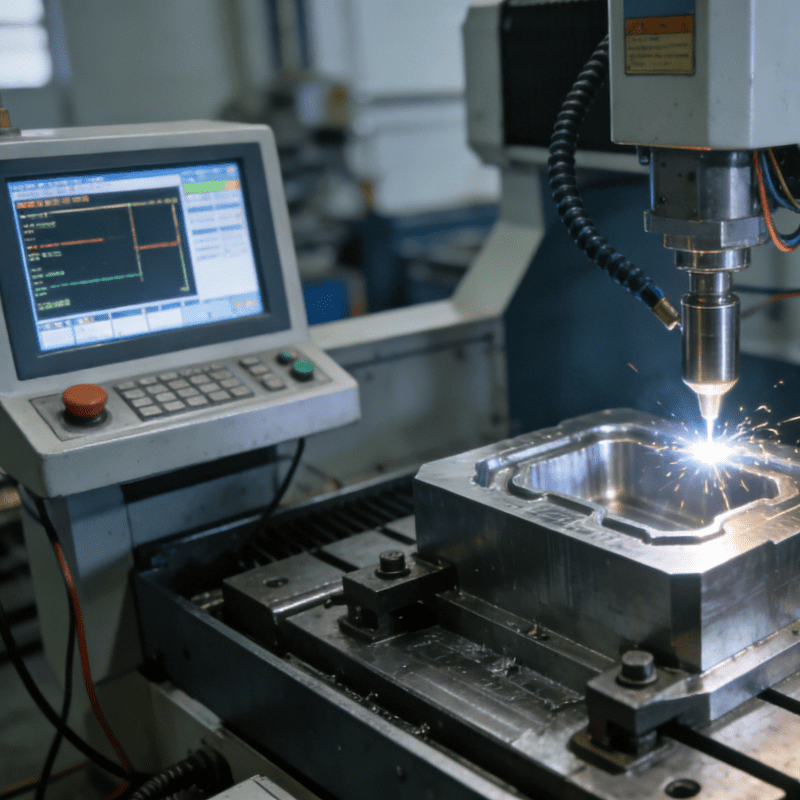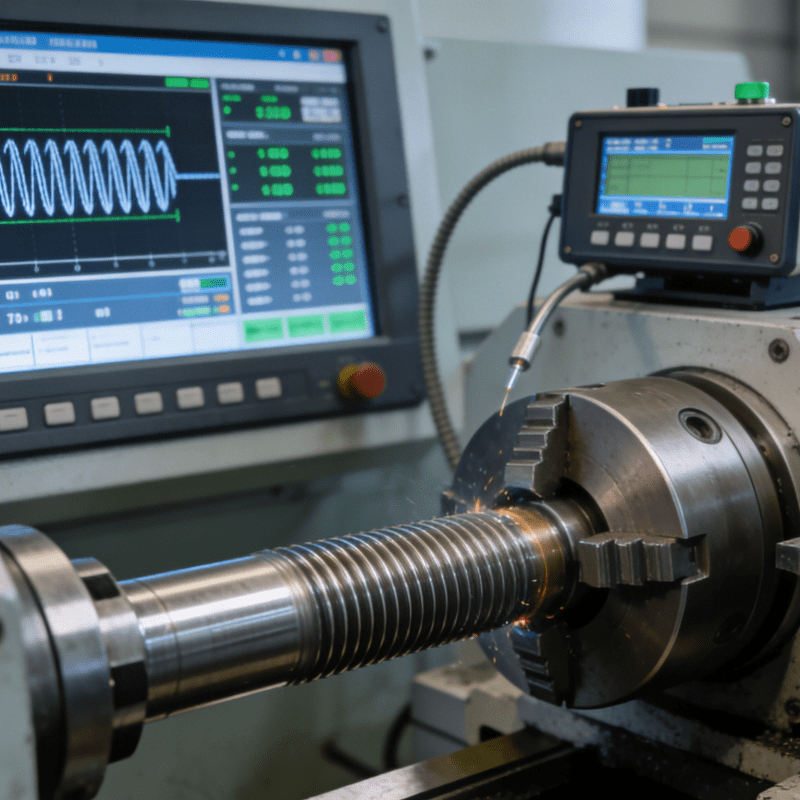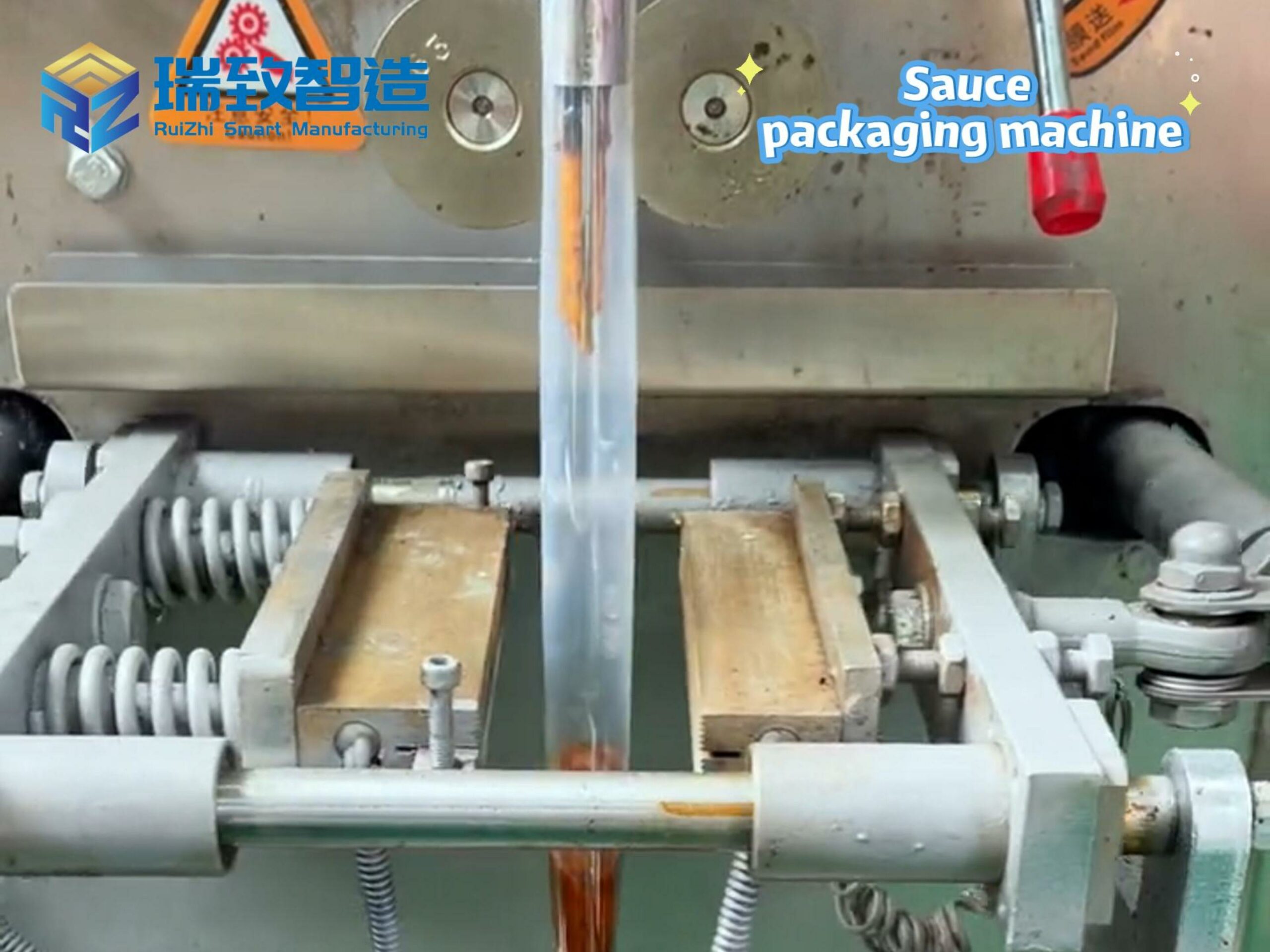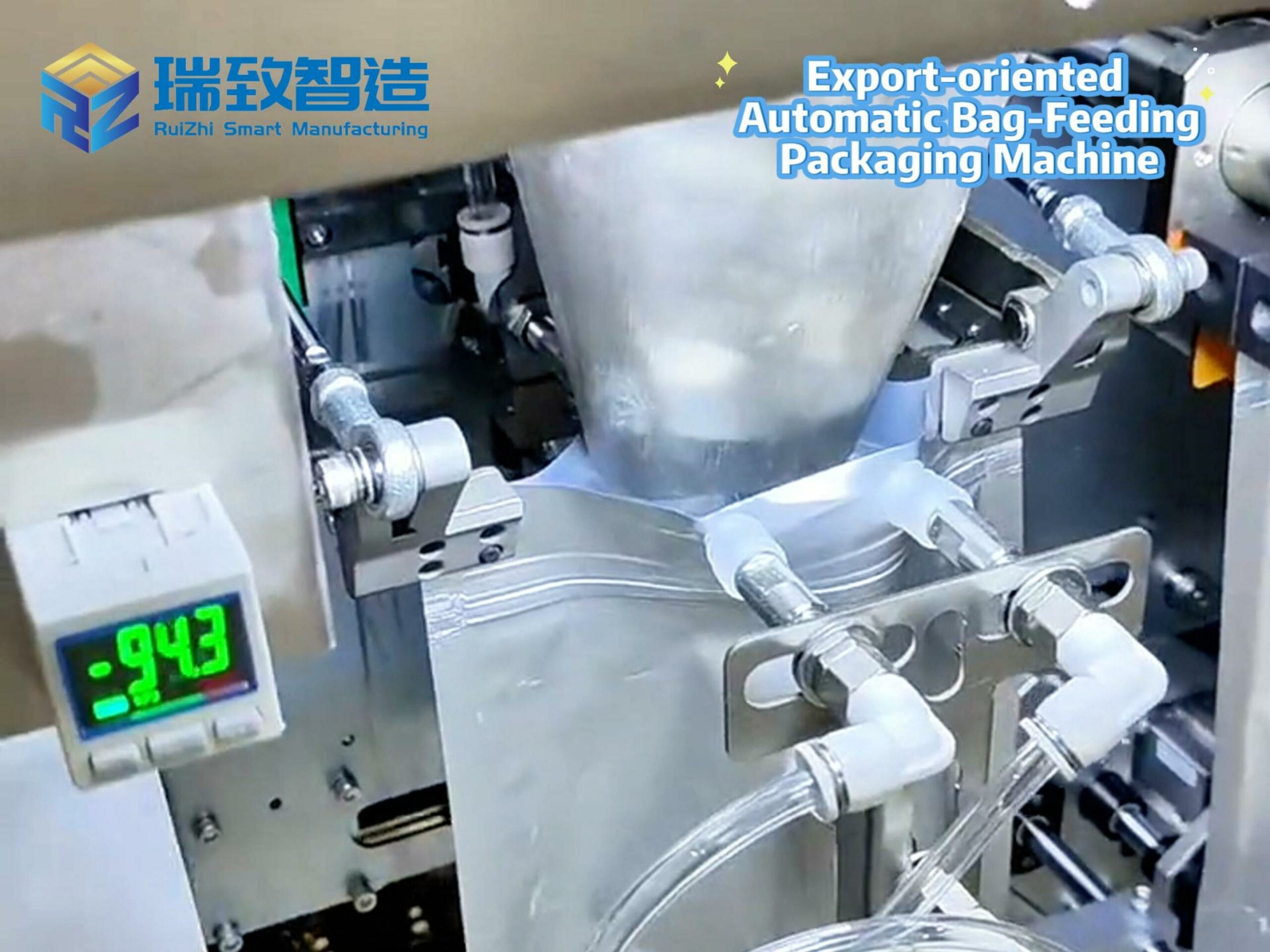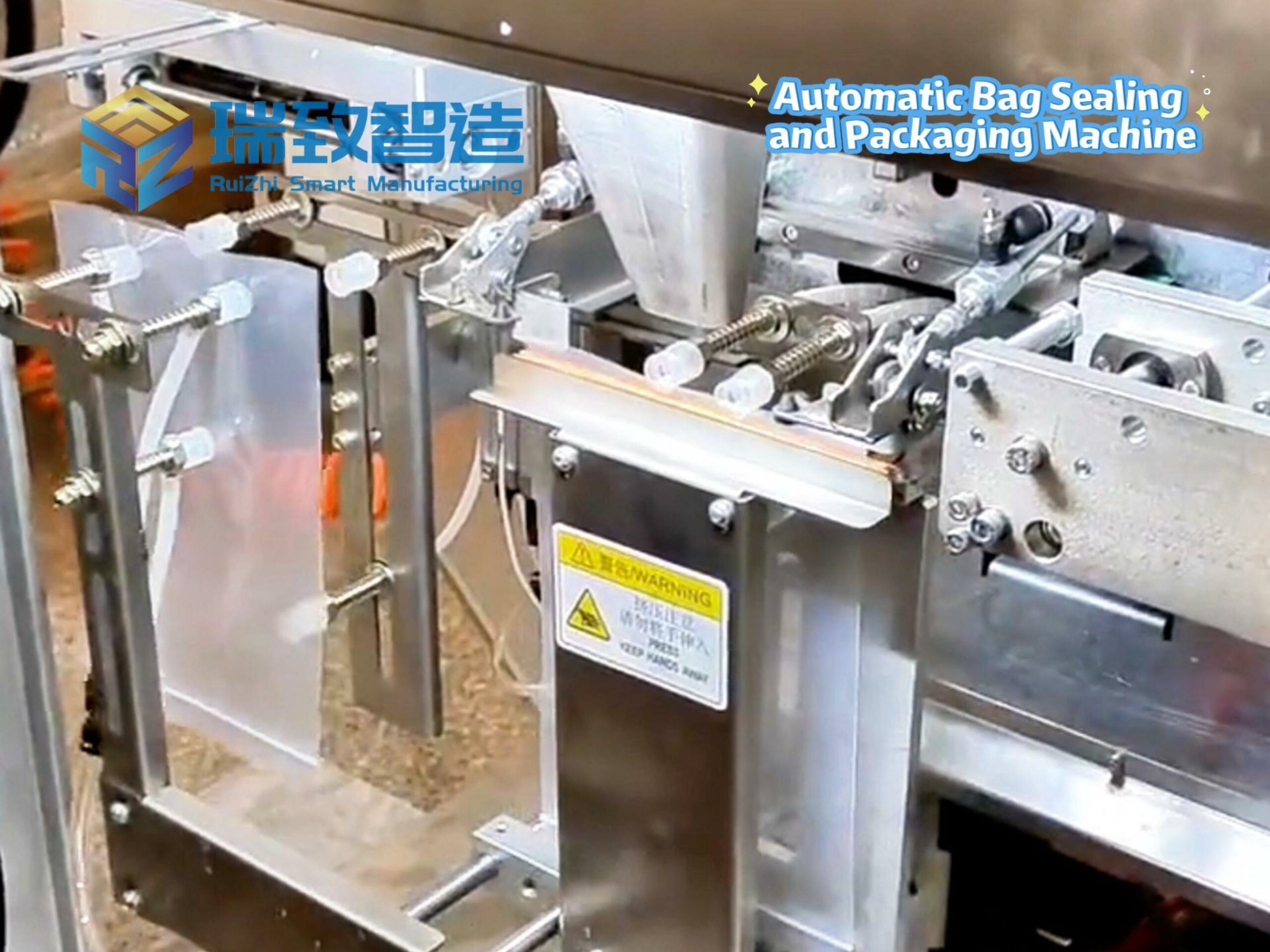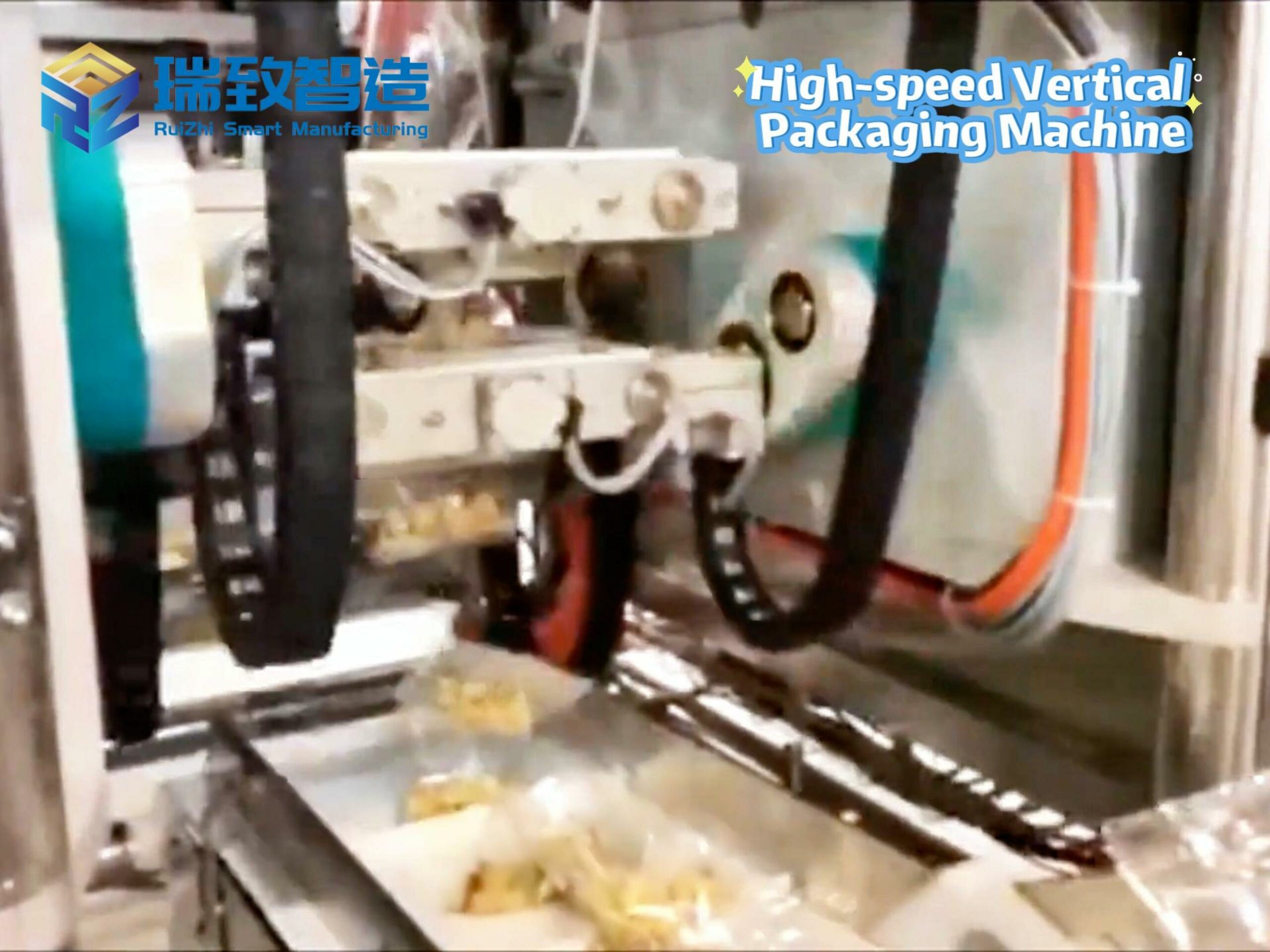Every order that arrives at a customer’s door, every pallet restocked in a retail backroom, every shipment that meets a tight deadline—behind these moments lies a warehouse operation balancing speed, cost, and reliability. Today, supply chain and fulfillment leaders find themselves navigating a high-stakes paradox: capital is scarce, interest rates are high, and uncertainty looms, demanding cautious spending. Yet at the same time, they’re pressured to process more orders faster, manage rising labor costs, and scale to meet growth—all while keeping operations lean.
This is where warehouse automation emerges not as a “nice-to-have” but a strategic necessity. Whether supporting omnichannel retailers, B2B stalwarts, or e-commerce giants, automation transforms core materials handling—from storage to picking to shipping—into a data-driven engine. For some, it’s the key to overcoming manual process limits and fueling expansion. For others, especially in thin-margin industries like grocery, it’s the only way to unlock efficiencies no human-led system can match.
But automation isn’t a leap to take blindly. Leaders must build a business case that’s rigorous, data-backed, and aligned with both short-term budgets and long-term goals. This isn’t just about justifying spending—it’s about turning automation into a competitive advantage that delivers clear ROI.
For supply chain leaders, the mandate is clear: automate wisely, or fall behind. Yet in a climate where every capital project faces intense scrutiny, “wisdom” starts with a business case that answers the hard questions: Will this investment pay off? How? And can it adapt as needs change?
MHI’s 2025 Annual Report underscores this reality: 45% of warehouse leaders plan to invest in automation over the next three years, but top barriers include “lack of a business case,” “insufficient budget,” and “poor understanding of technology.” A strong, data-driven business case directly addresses these barriers, arming stakeholders with the insights to make confident decisions—whether transitioning a legacy “brownfield” warehouse or refining a cutting-edge facility.
Building the Warehouse Automation Business Case
A compelling business case isn’t just a document—it’s a roadmap. It turns vague goals (“be more efficient”) into measurable outcomes, and transforms “what-ifs” into actionable plans. Here’s how to build it:
Define the ROI goals
Start by asking: What do we need automation to achieve? Beyond reducing labor costs, is the priority faster throughput, more storage capacity, higher order accuracy, or fewer workplace injuries? Clarify the timeline, too: a 3PL might target a 3-year payout, while a retailer planning decades of growth could focus on long-term value.
Crucially, look for opportunities to reimagine processes, not just speed them up. Automation doesn’t just let you do old tasks faster—it enables new, smarter workflows (e.g., dynamic storage that adapts to order patterns). Identifying these opportunities turns automation from a “tool” into a “transformer.”
Calculate current and future costs
To justify investment, you need a clear picture of what you’re already spending—including hidden costs. For manual operations: Do hourly wages include benefits? Are maintenance costs for aging equipment (parts, repairs, downtime) accounted for? For automation: Will you need to hire robotics technicians or train existing staff? What’s the cost of not automating—e.g., missed orders, overtime, or lost customers due to slow fulfillment?
A strong business case assigns dollar values to these variables, linking them to ROI goals. This reveals whether the budget aligns with needs—and where tradeoffs (e.g., upfront investment vs. long-term savings) make sense.
Gather accurate, relevant data
Data is the foundation of credibility. For warehouses, this means precise details on SKUs (sizes, turnover rates), order profiles (e.g., single-item vs. bulk), storage needs, and throughput targets. Older facilities with scattered data systems may need time to compile this, but the effort pays off: Accurate data ensures the proposed automation (e.g., an Automated Storage & Retrieval System, or AS/RS) is sized to your actual needs, not guesses.
Involve the right stakeholders
Automation affects everyone—from warehouse floor staff to C-suite decision-makers. Engage executives early to align with business goals; their buy-in is critical for securing capital. Include frontline workers, too: They know current pain points (e.g., inefficient picking paths) and can help design systems that work with teams, not against them. When stakeholders contribute to the business case, they become advocates for success.
Evaluate complementary technologies
No single automation solution fits all. A fast-growing e-tailer might prioritize quick-deploy systems like Automated Case-handling Mobile Robots (ACRs) over slower-to-implement AS/RS. But build business cases for both: This reveals opportunity costs (e.g., ACRs’ speed vs. AS/RS’ scalability). Sometimes, a hybrid approach works best—e.g., deploy ACRs now while planning an AS/RS for future expansion, using ACR data to refine the design.
Warehouse automation isn’t just about robots or software—it’s about building a supply chain that’s resilient, scalable, and ready for whatever comes next. A data-driven business case turns uncertainty into clarity: It shows where automation will deliver value, how to measure success, and why the investment is worth it.
This journey isn’t just about “saving money” or “speeding up”—it’s about creating a operation that can grow with your business, adapt to market shifts, and empower your team to focus on work that matters (problem-solving, customer care) instead of repetitive tasks.
In the end, the strongest automation business cases aren’t just financial—they’re strategic. They prove that automation is an investment in your future: one that turns warehouses from “cost centers” into “growth engines.” And with the right data, stakeholders, and vision, that future is within reach.

